6-4-16
Too young to retire . . . to old to . . . whatever. So the writing of books about the Boston, and my participation in this blog, and the other Kellys (Bill and Lisa – who put a lot of behind-the-scenes energy into the websites) – for us, this is all a labor of love. For us, as I’m sure for all of our readers, we are engaged in the day-to-day activities of our lives first. The Boston stuff, while important, is second (or third, or fourth, or . . .)
I have these ideas and plans and projects, which may line up and get done, at some time or other, in some order or other:
Book revisions: New facts, new pictures, new documents have unfolded to me over the last several years, and basically, each book could have a couple of additions. My first book, A Bird’s Eye View, was created as a giant MS Word file – my all-time most hated software. I have never been happy with the formatting – especially the photos – and someday I hope to redo it. The book is 99% accurate, but I did make a couple of assumptions about the ship’s location that proved to be incorrect.
Other books: Currently back-burnered but part-way finished: a book about the six months of hell starting with the Battle of the Philippine Sea, and ending with Typhoon Cobra. CA-69 is portrayed as a unit of Task Force 58 – one capital ship in a force of 100 battle ships. Wish list: a fourth Baked Beans just about the ship and crew’s role in Occupation Duty. The Occupation of Japan was a gigantic bit of legal, structural, economic and military organization carried out immediately after the signing of the surrender documents. I would have to do a boatload of research to do this book justice. I want to . . . but it moves to the furthest burner back on the stove.
Website(s): Behind the scenes maintenance and security of just this one web/blog site is challenging enough. The Kellys are talking about and kinda planning and kinda starting a website about Task Force 58/38. At any given time during the Central Pacific War, there were about 100 warships divided into (usually) four task groups. While there were “core” ships in the TFs (Boston being one of the “constant” heavy cruisers), ships were moved around the Pacific like chess pieces. Ships drifted in and out of the task groups based on operational needs – so there are ‘fluid’ ships in and out throughout the War. Point is – there were more than 100 ships and there were more than 100,000 sailors in the TFs at any given time. To do such a website, we would have to approach this incrementally and have modest expectations. The potential is there for this to quickly become too much for the Kellys to manage.
Other Things: There are several other things I’d like to do about the Boston, but if I list them, I’ll just get tired and feel like I should be doing more! But, Pictures: I always encourage folks to get in touch with us and send pictures. Every now and then I choke a leprechaun and hit the jackpot. The most spectacular jackpot was when Bernie Oster’s (ship photographer assigned to the Captain) son, Dirk, reached out to me. He had this stack of pictures . . . might I be interested in seeing them? Many of his photos grace the pages of Baked Beans Vol 2 and 3. Invaluable, to say the least. So a couple of days ago, one of our Facebook page members (Robin Tougas, son of Roland Tougas, and one of my father’s pals) posted a series of pictures on the Facebook page. I took a quick look and was stunned by one of them. After a couple of emails, Robin sent me a higher resolution scan. It is a picture of the Japanese Temple Bell, confiscated and salvaged from a giant scrap pile at the Yokosuka Naval Base by the officers of the Boston – being lowered into the hold on the back of the ship. Three things will come of this: 1. I’ll post it to this site soon(ish), 2. I’ll force myself to go to the National Archives (help me, Bill!!!) and retrieve more photos (which will include the official Bell photos, I am sure), 3. I’ll have to revise the Baked Beans Books after all.
p.s. I just re-read this post. Let me clarify: there were about one hundred warships in Task Force 58 and Task Force 38 at any given time. It is not accurate to say there were 100 warships in the Pacific at any given time – there were thousands and there were scores of Task Forces and Fleets across the length and breadth of the Pacific. The most notable: The Third and Fifth Fleet (Task Force 38 and 58) and The Seventh Fleet (aka as MacArthur’s Navy.)
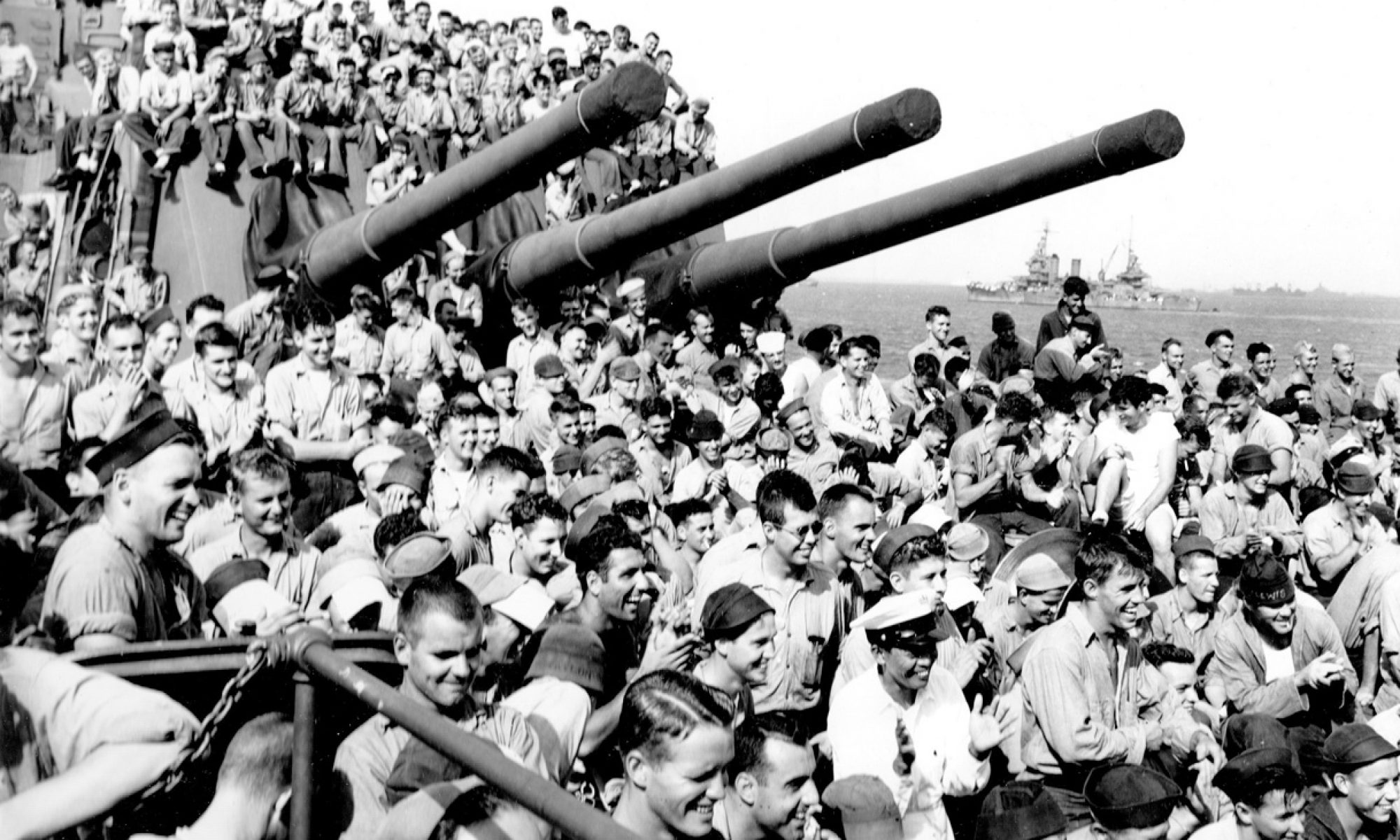
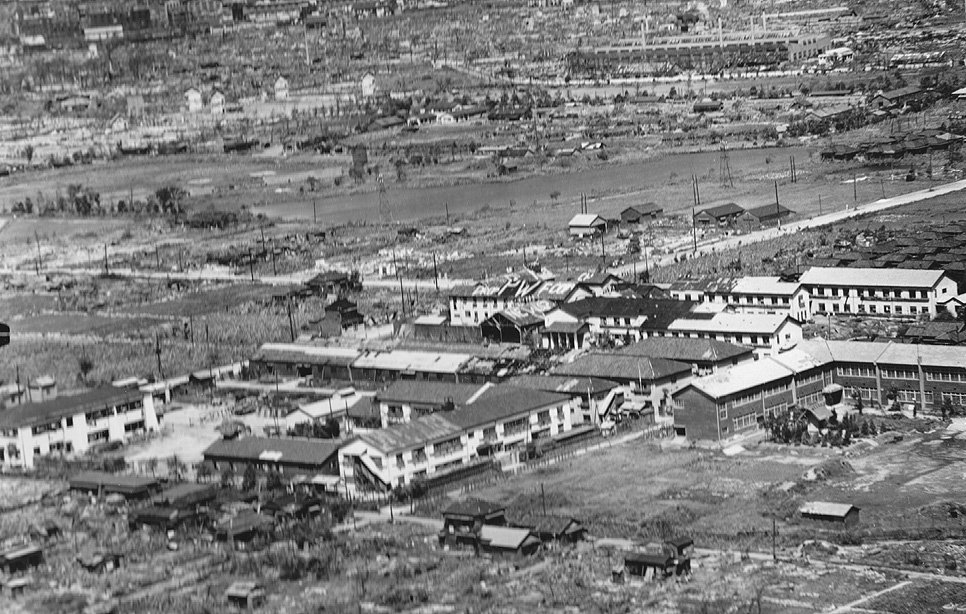
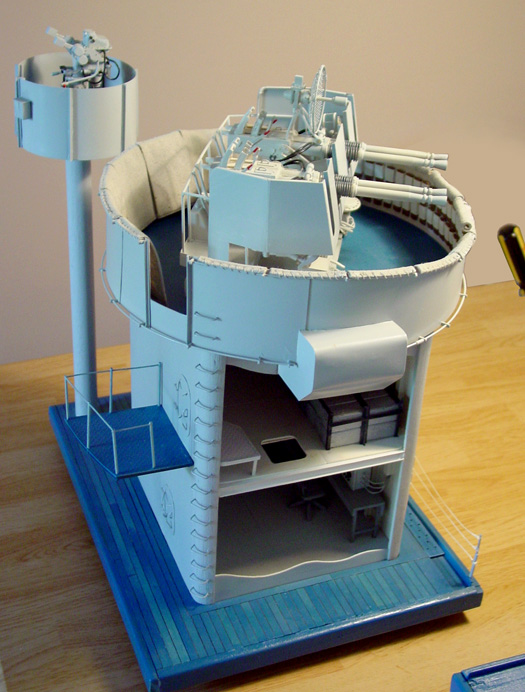
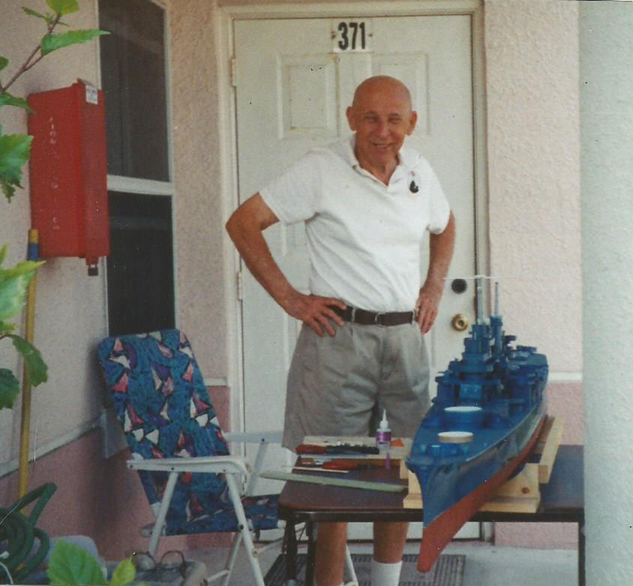
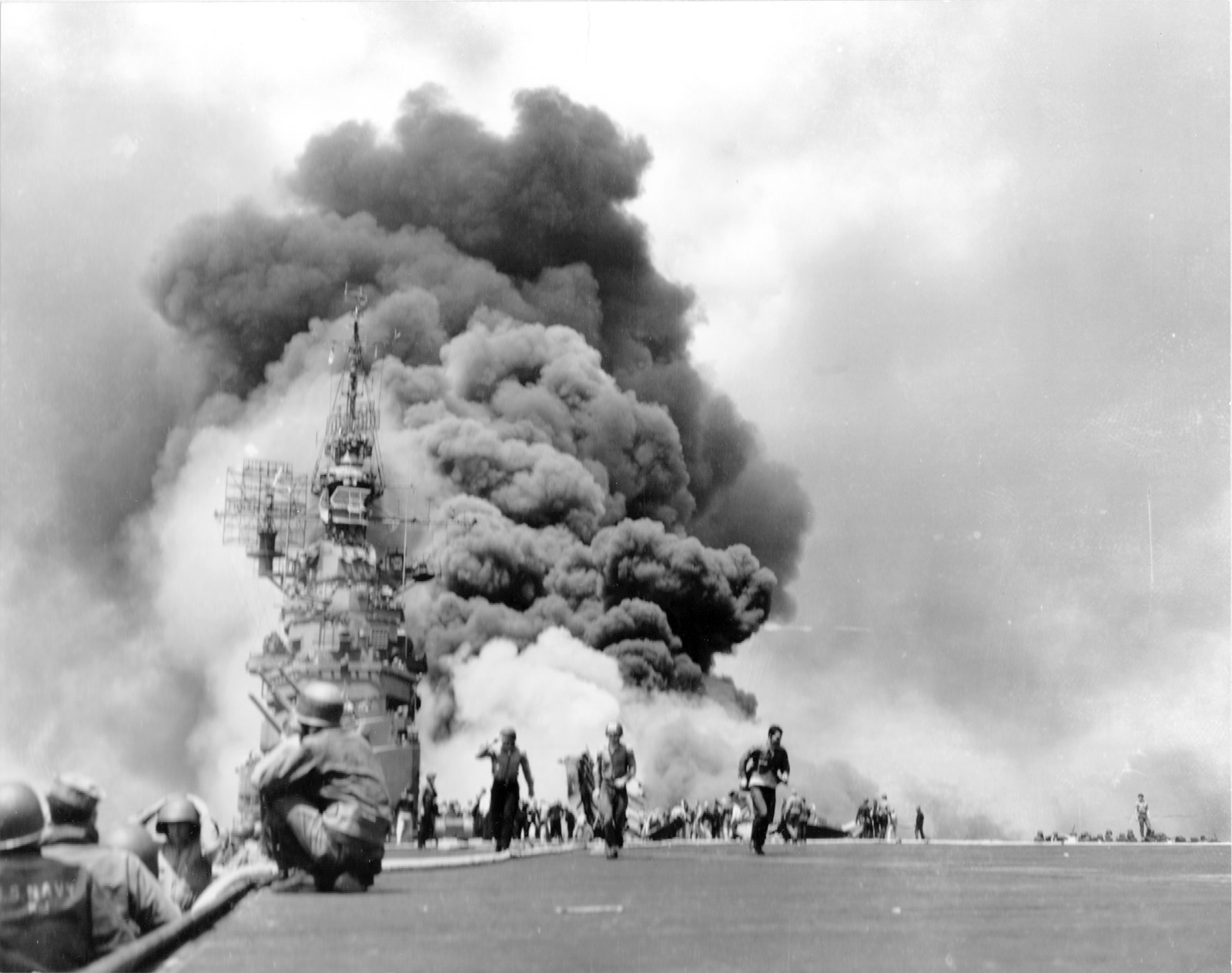
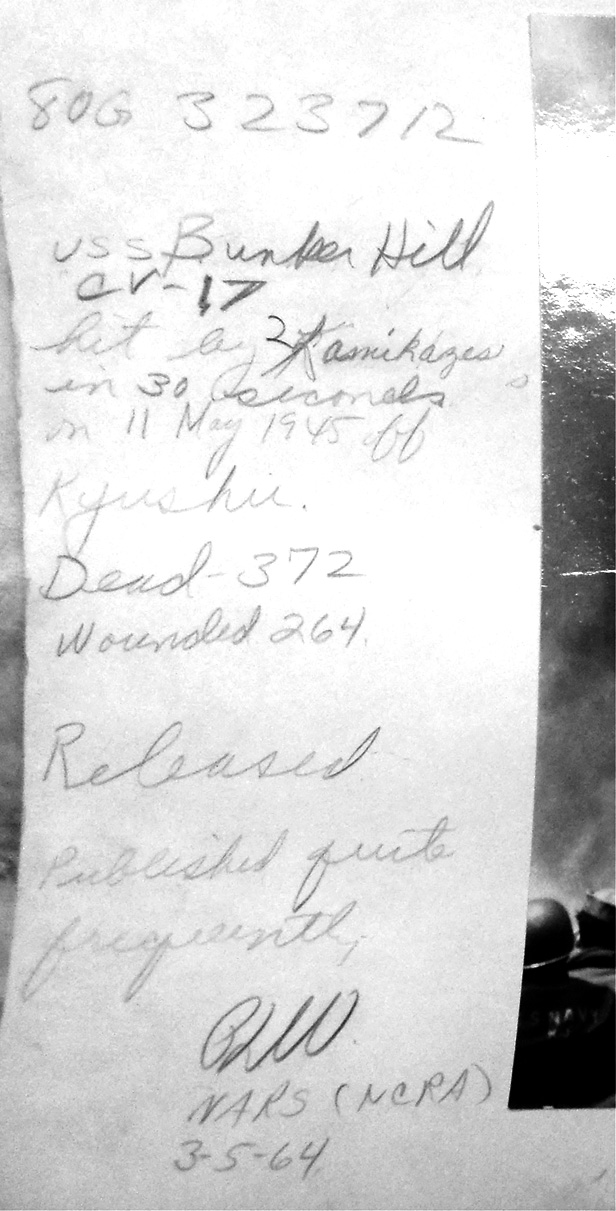 steve
steve